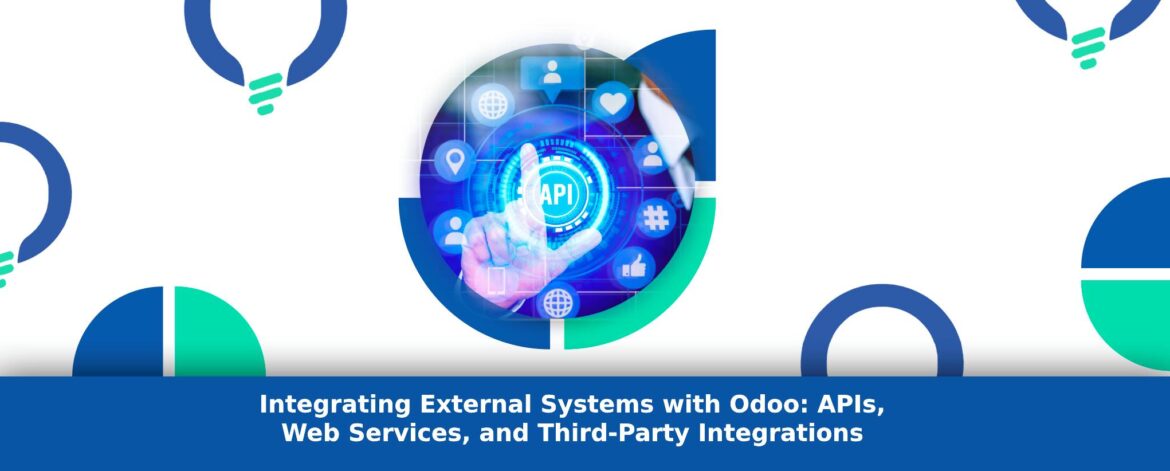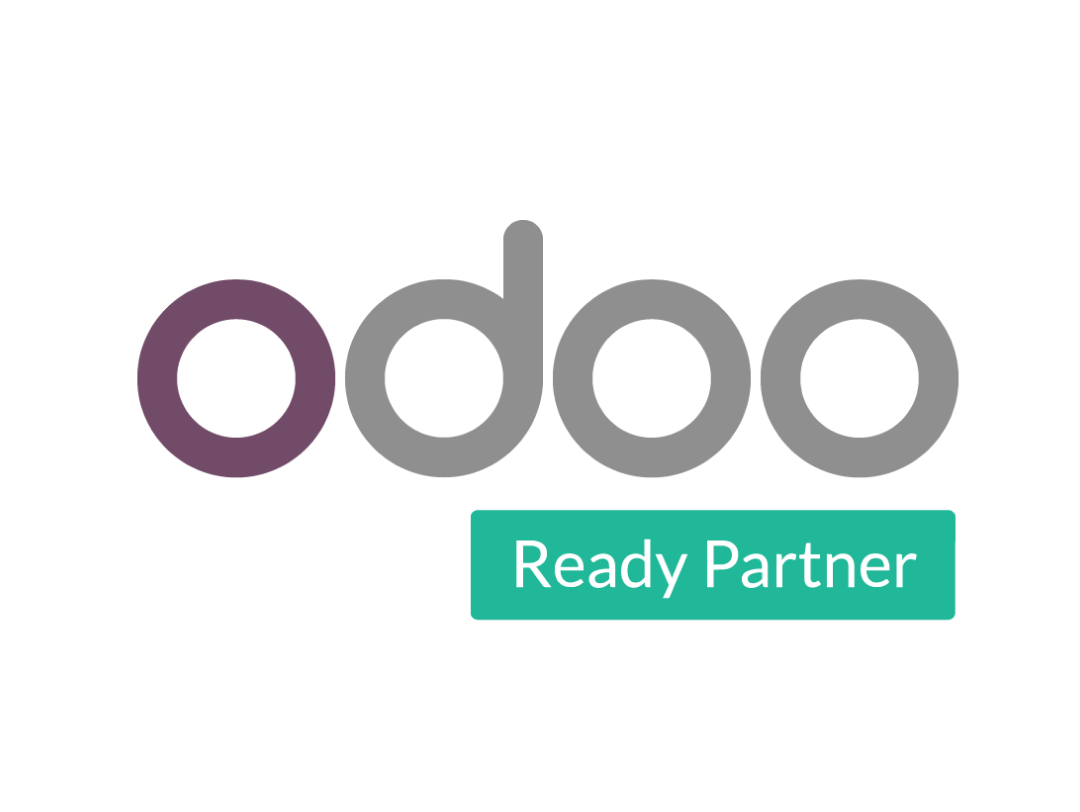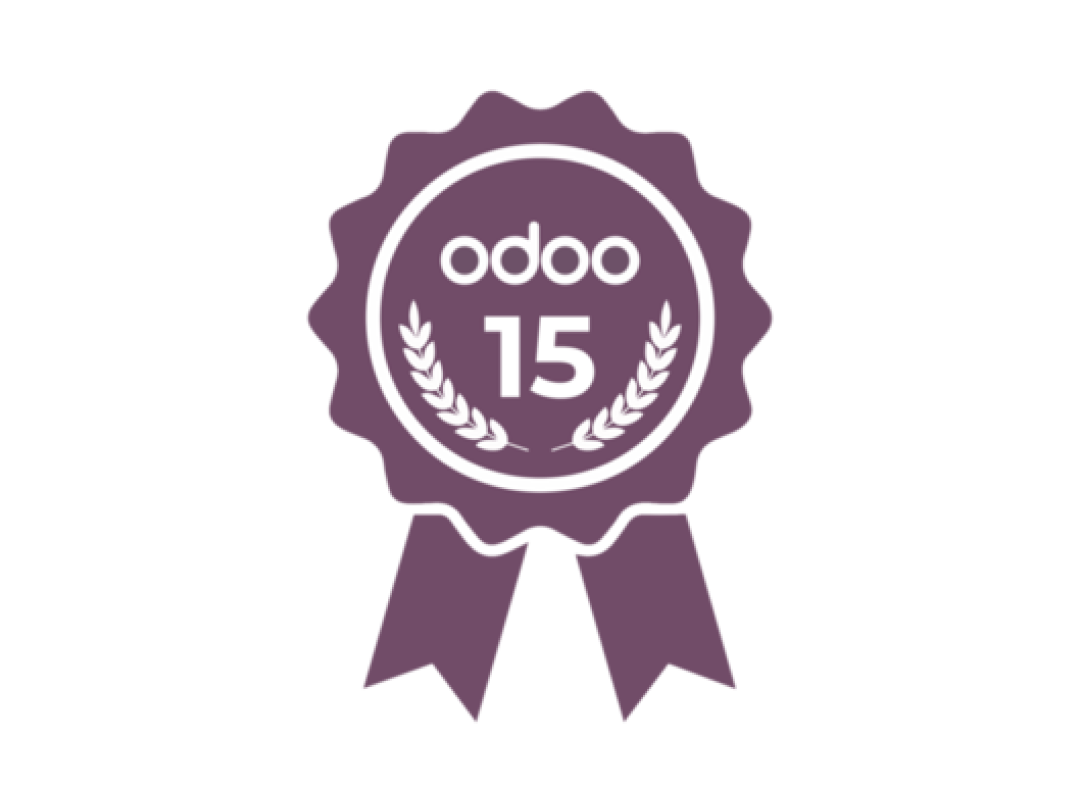In the intricate terrain of modern business operations, the seamless flow of data between diverse systems stands as a pivotal factor in enhancing efficiency and driving growth. Odoo, a robust ERP solution, offers a gateway to harmonize operations by integrating external systems through Application Programming Interfaces (APIs), Web Services, and third-party integrations.
Understanding the Significance of Integration
Integration isn’t merely a buzzword; it’s a strategic imperative for businesses seeking to optimize operations and stay ahead in the competitive market. The ability to connect disparate systems, whether CRM, accounting, e-commerce, or any other, empowers organizations to centralize data, eliminate silos, and harness actionable insights.
Leveraging APIs for Seamless Connectivity
Odoo’s rich ecosystem of APIs serves as a bridge between the platform and external systems. These APIs offer a standardized method for data exchange, enabling seamless connectivity while maintaining data integrity and security. Businesses can leverage APIs to synchronize information, automate processes, and extract valuable data for informed decision-making.
Harnessing the Power of Web Services
Web Services play a crucial role in facilitating communication between different software applications. Odoo’s Web Services support various protocols, allowing for easy interaction with external systems. This capability streamlines operations by enabling functionalities such as data retrieval, updates, and real-time synchronization, thereby enhancing overall system efficiency.
Third-Party Integrations: Expanding Odoo’s Capabilities
The flexibility of Odoo extends further with third-party integrations. By seamlessly incorporating solutions like payment gateways, shipping services, CRM tools, and more, businesses unlock a realm of possibilities. These integrations not only enhance Odoo’s functionalities but also tailor the ERP system to meet specific business needs.
The Process of Integration: Simplifying Complexity
The integration process involves meticulous planning, configuration, and testing. It begins with identifying the systems to be integrated, defining data exchange protocols, and mapping out workflows. Odoo’s intuitive interface simplifies this process, allowing for efficient configuration and seamless integration implementation.
Benefits of Integration: Driving Efficiency and Growth
The advantages of integrating external systems with Odoo are multifaceted. From streamlining workflows and reducing manual data entry to improving data accuracy and enhancing operational visibility, integration empowers businesses to optimize resources, boost productivity, and foster innovation.
Ensuring Security and Scalability
While integration brings myriad benefits, security remains a paramount concern. Odoo ensures robust security measures, including encryption protocols and authentication mechanisms, safeguarding data during transit and within the system. Additionally, Odoo’s scalable architecture accommodates evolving business needs, ensuring flexibility and adaptability as operations expand.
Conclusion: Enabling Businesses through Unified Systems
Odoo’s prowess in seamlessly integrating external systems through APIs, Web Services, and third-party integrations amplifies its capabilities. By fostering a unified ecosystem where data flows effortlessly, Odoo empowers businesses to thrive, innovate, and achieve operational excellence.
The synergy achieved through integration in Odoo isn’t just about connecting systems; it’s about transforming businesses, enabling them to utilize the full potential of their operations and drive sustained growth in a competitive market.




